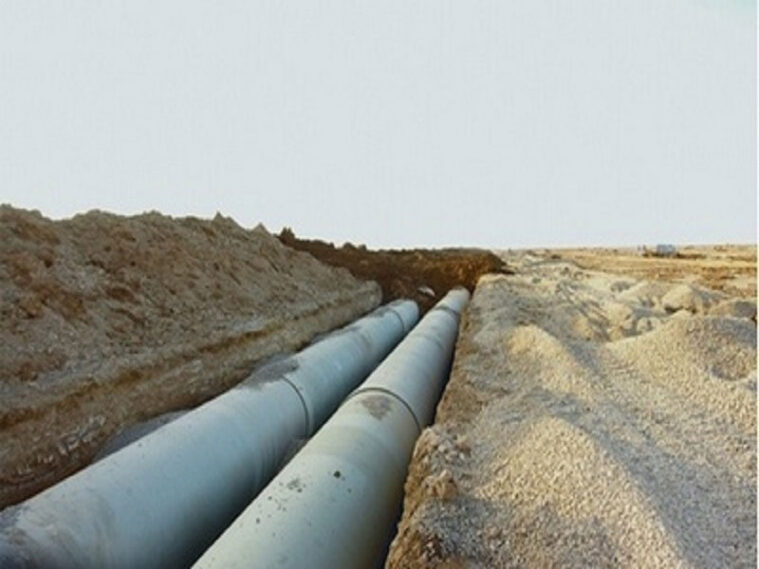Although man learned by his natural experience to organize his group life and after that the first cities were created along rivers such as Nile, Tigris, Euphrates, Indus, etc., but in places where there was no access to river water for To meet his needs, he dug a well and because all the water that was available did not meet his needs in terms of quantity and quality, he thought of moving it, and therefore the technique of irrigation and water supply was created and with the creation of bigger cities, supply Drinking water received more attention than in the past, and people had to transport water into the cities by building short waterways. Of course, due to the problems that existed in transferring the water from the wells to the ground, most of this water could only be used for drinking until humans managed to transfer underground water to the surface with the aqueduct network. It was probably from this time and after the construction of the aqueduct that water was transferred by means of something like a pipe, and the first sparks and inspirations of today’s modern water supply network came from here.
Old pump and water supply network
Gradually, as the level of science improved and the cities became bigger and the need to provide fresh sanitary water for drinking and use by urban communities, the pressure piping system was created and for this purpose, copper pipes were used for the first time. In Iran, for the first time, a part of the city of Birjand was laid with copper pipes. For this purpose, the people of Birjand used the copper pipes left in the allied barracks after World War II, and after that, the big cities of Iran were equipped with fresh water piping systems.
In the following, we will describe the components and facilities of a modern water supply network
Water supply facilities
In general, the installation equipment used in all water supply systems today are:
.Installations related to water collection from wells, springs, rivers and lakes
.Water treatment facilities including sedimentation pools, filters, aeration devices and water disinfection facilities
.Water storage facilities and creating pressure in the network such as ground level tanks, high tanks and finally air tanks
.The water distribution network in the city includes main pipes, main and secondary pipes, valves and connecting parts such as elbows

